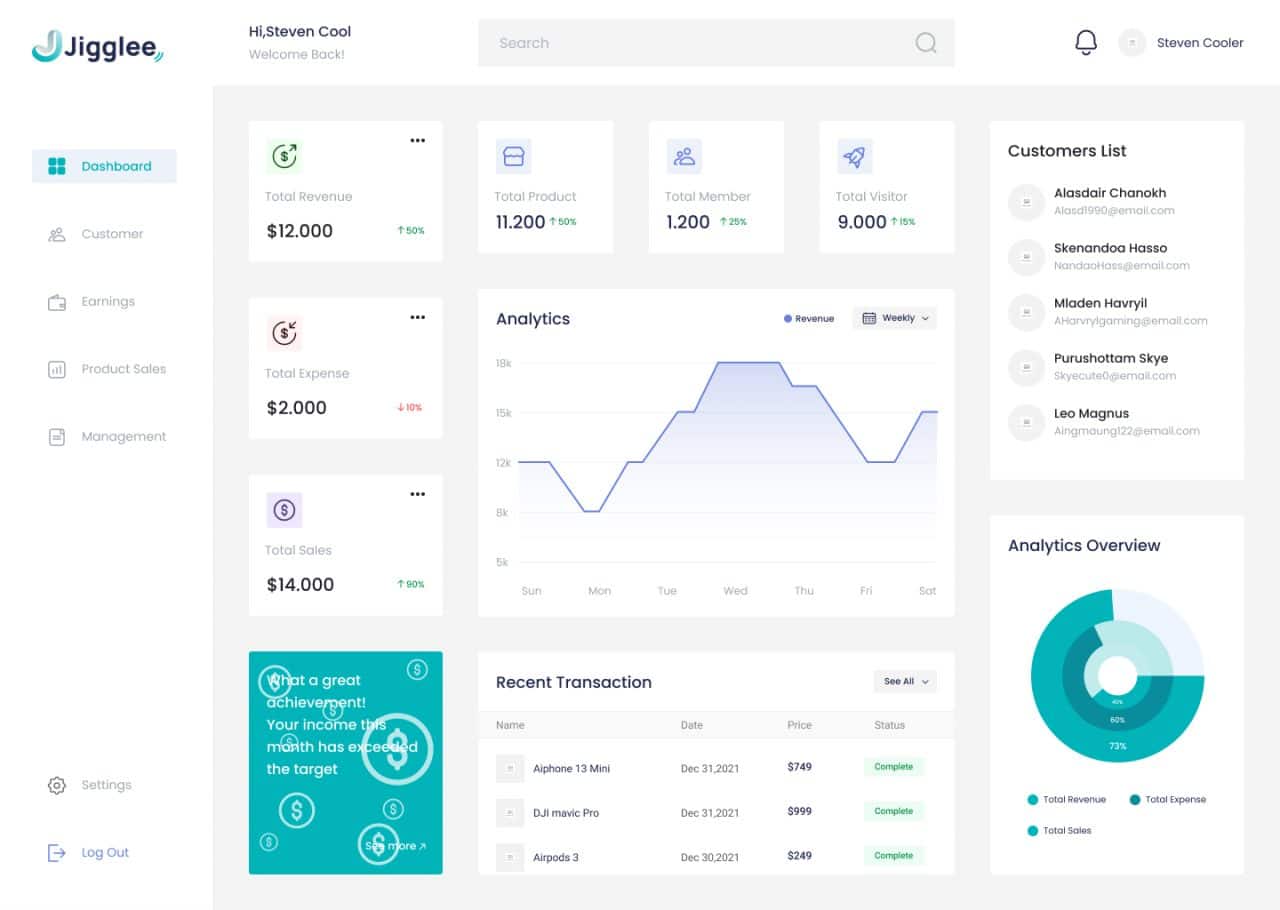Chargeback Prevention with Durango Merchant Services
Chances are that if you are here, you have already discovered how chargebacks can affect your ability to focus on your core business. Durango Merchant Services has expertise in utilizing our payment gateway features, technology and business processes to help prevent chargebacks.
What is a Chargeback?
Have you ever had a customer dispute a charge on their credit card, and suddenly, the money is pulled right out of your account? That’s a chargeback. This process was originally designed to protect consumers from unauthorized transactions, but over time, it has become a major challenge for businesses. Chargebacks now frequently result from misunderstandings, friendly fraud—where customers dispute legitimate charges—and even deliberate scams aimed at exploiting the system.
For merchants, chargebacks can be more than just an inconvenience. They lead to lost revenue, additional fees, and potential damage to a business’s reputation. A high chargeback ratio can make payment processors view your business as high-risk, leading to higher fees or even account termination. That’s why understanding and managing chargebacks effectively is crucial for maintaining a stable and profitable business.
Chargebacks hit merchants hard in multiple ways
Lost
Revenue
Not only do you lose the sale, but you might also get hit with fees.
Damaged Reputation
A high chargeback rate can make you look risky to banks and payment processors.
Account Termination
High chargeback ratios increase risk that could lose your ability to process payments.
Operational Disruptions
More time and effort spent managing disputes instead of business growth.

Why Chargeback Prevention is so Important
The benefits of chargeback prevention can’t be over emphasized. Just as having a solid credit score frees you to get capital you need to improve your business and life, low chargeback rates can get you preferential interchange rates, allow you to open multiple merchant accounts and much more. Here are some of the ways that actively preventing and fighting chargebacks can help you.
- Gain better insights into customer behavior and potential vulnerabilities in your transaction process.
- Reduce fraudulent disputes that could harm your business’s financial health.
- Keep more of your hard-earned revenue.
- Maintain a low chargeback ratio and avoid penalties or restrictions.
- Strengthen relationships with payment processors, ensuring continued service without disruptions.
Durango Merchant Services' Chargeback Solutions
At Durango Merchant Services, we believe in tackling chargebacks from every angle. Our full-service approach includes prevention, mitigation, and resolution strategies to keep your business protected.
Automated Chargeback Alerts
Wouldn’t it be great if you could stop a chargeback before it happens? With our real-time chargeback alert system, you’ll get instant notifications the moment a dispute is filed, giving you a chance to resolve it before it escalates.
Chargeback Analytics & Reporting
Knowledge is power. Our advanced reporting tools provide deep insights into chargeback trends, helping you spot fraud patterns, track dispute success rates, and fine-tune your prevention strategy.
Chargeback Strategies
Every business is unique, and so are the reasons behind its chargebacks. We can provide guidance derived from our extensive experience and based on your industry, transaction methods, and fraud risks to ensure the most effective solutions.
Chargeback Prevention Training
Our experts can train you on the basics of chargeback prevention, teaching you how to identify and prevent chargeback-prone transactions and highlighting best practices in company policies to improve customer satisfaction.
Strategies & Latest Technology
EMV Chip Technology
If you’re still swiping cards, it’s time for an upgrade! EMV chip cards make it nearly impossible to clone payment details, dramatically reducing counterfeit fraud in card-present transactions. With traditional magnetic stripe cards, fraudsters can easily copy card information, leading to unauthorized purchases and chargebacks. EMV chip technology encrypts transaction data, ensuring that even if a hacker intercepts the payment, the information is useless to them.
An EMV-compliant terminal is a must-have for preventing fraud-related chargebacks. Many payment processors now require businesses to support EMV transactions, and failing to comply could leave you liable for fraudulent purchases. Upgrading to an EMV system not only improves security but also helps build customer trust by demonstrating your commitment to safe transactions.
3D Secure 2.0 Authentication
Want to stop fraud before it even starts? 3D Secure 2.0 (3DS2) adds an extra layer of protection for online payments by verifying customer identities with biometric authentication, risk-based analysis, and frictionless security checks. Unlike older versions of 3D Secure, which often created friction in the checkout process, 3DS2 uses real-time risk assessment to determine whether additional authentication is needed. This ensures that legitimate transactions go through smoothly while suspicious ones trigger additional verification steps.
With online fraud on the rise, 3DS2 is a critical tool for e-commerce businesses. It helps prevent unauthorized transactions and reduces the risk of chargebacks by shifting liability away from merchants when authentication is successfully completed. Implementing 3DS2 can significantly enhance security without sacrificing the customer experience.
AI-Powered Fraud Detection
AI is changing the game when it comes to fraud prevention. Our machine learning tools analyze transactions in real time, identifying high-risk activity before it turns into a chargeback. These tools learn from historical data to recognize patterns associated with fraud, allowing businesses to block suspicious transactions before they occur.
By continuously adapting to new threats, AI-powered fraud detection helps merchants stay ahead of evolving fraud tactics. The system can flag unusual purchase behavior, detect bot-driven attacks, and even identify account takeovers, reducing the chances of chargebacks caused by fraudulent transactions.
Tokenization & Encryption
Why store sensitive card data when you don’t have to? Tokenization replaces card details with secure digital tokens, keeping customer data safe from breaches. When a customer makes a purchase, their card number is replaced with a randomly generated token that holds no value outside of the secure payment network. This means even if hackers gain access to stored payment data, they can’t use it for fraudulent transactions.
End-to-end encryption (E2EE) further locks down transactions, ensuring hackers can’t access payment information during the payment process. By using both tokenization and encryption, businesses can significantly reduce the risk of data breaches and fraudulent chargebacks while maintaining compliance with industry security standards.
Address Verification System (AVS) & CVV Matching
Simple but effective—verifying a customer’s billing address (AVS) and requiring CVV input can stop unauthorized transactions in their tracks. AVS compares the billing address provided by the customer with the one on file with the card issuer, helping detect discrepancies that could indicate fraud.
Similarly, requiring the CVV (Card Verification Value) ensures that the customer has physical possession of the card at the time of purchase. While AVS and CVV verification aren’t foolproof, they add an extra layer of security that can reduce the likelihood of chargebacks caused by stolen or compromised card information.
Real-Time Transaction Monitoring
Think of real-time transaction monitoring as a security system for your payments. Our advanced monitoring tools constantly scan transactions, flagging suspicious activity before it can cause problems. These systems analyze purchasing behaviors, detect anomalies, and automatically block transactions that exhibit high-risk characteristics.
By leveraging real-time monitoring, merchants can proactively identify fraud attempts and take immediate action to prevent chargebacks. Alerts and automated rules help stop fraudulent transactions before they are processed, saving businesses from costly disputes.
Friendly Fraud Prevention
Many chargebacks come from well-intentioned customers who simply forgot about a purchase or didn’t recognize the transaction. Friendly fraud—where customers mistakenly dispute legitimate charges—accounts for a significant portion of chargeback cases. This often happens due to unclear billing descriptors, delayed shipping, or forgotten subscriptions.
We help prevent these disputes through clear billing descriptors, improved communication, and proactive customer support. By ensuring that customers can easily recognize charges on their statements, providing prompt customer service, and offering easy refund options when necessary, merchants can reduce the likelihood of unnecessary chargebacks and maintain a positive customer experience.
Benefits of Durango's Chargeback Services
Recover Lost Revenue
Don’t just accept chargebacks as a cost of doing business—fight back and reclaim what’s yours.
Save Time & Effort
Our automated systems handle the heavy lifting and our expert team's guidance can help you understand how optimizing business processes can reduce chargebacks.
Boost Customer Trust
Preventing fraudulent disputes means fewer headaches for you and a better experience for your customers.
Stay in the Safe Zone
Keeping your chargeback ratio low ensures your merchant account stays in good standing with banks and processors.
Improve Business Stability
Lower chargeback rates mean lower processing fees and reduced risk of merchant account holds or terminations.
Enhance Fraud Detection
Advanced fraud prevention measures protect your business from bad actors and illegitimate claims.


Cultivating innovation for the digital era
Lorem ipsum dolor sit amet, consectetur adipiscing elit. Ut elit tellus, luctus nec ullamcorper mattis, pulvinar dapibus leo.
Montes pulvinar sociosqu convallis ultricies feugiat faucibus in molestie. Libero porttitor proin sodales commodo.
Montes pulvinar sociosqu convallis ultricies feugiat faucibus in molestie. Libero porttitor proin sodales commodo.
Montes pulvinar sociosqu convallis ultricies feugiat faucibus in molestie. Libero porttitor proin sodales commodo.


